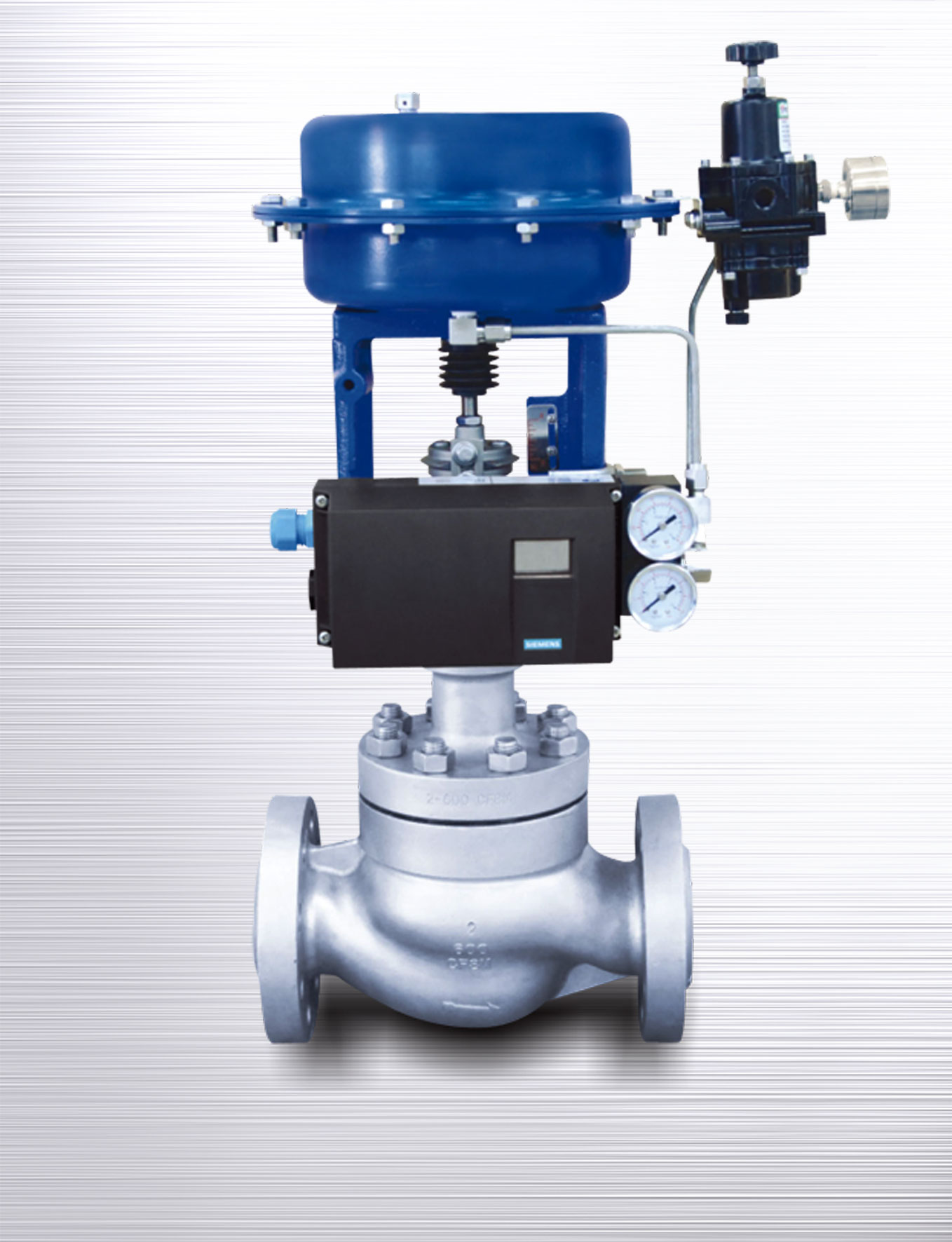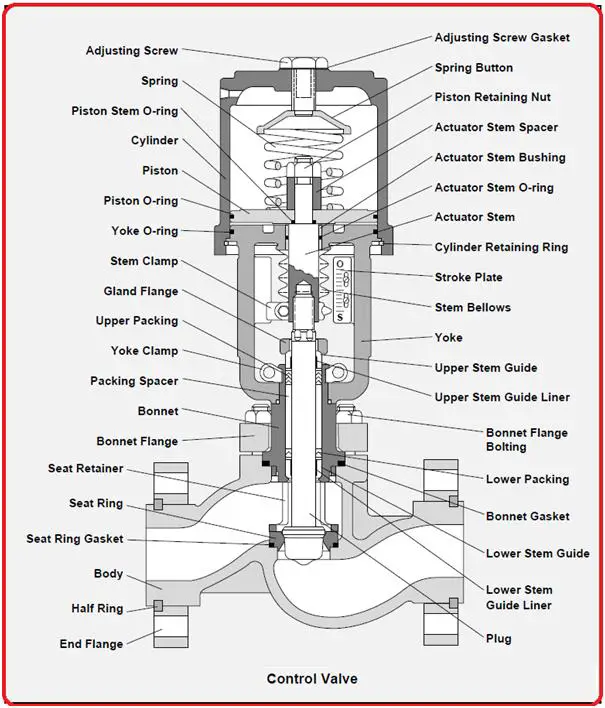Achieve Seamless Assimilation and Control With Top Quality Building Automation Controls
In the world of modern-day building monitoring, the significance of high quality structure automation controls can not be overstated. Accepting top quality building automation controls is not simply an issue of convenience but a tactical important for companies intending to enhance their facilities' efficiency and sustainability.

Advancement of Building Automation Controls
Throughout the previous couple of years, the development of building automation controls has considerably changed the way structures are taken care of and operated. At first, developing automation systems largely concentrated on basic features such as controlling air flow, air, and home heating conditioning (HEATING AND COOLING) systems. As innovation progressed, these controls have actually become a lot more innovative, enabling for a broader array of structure systems to be integrated and handled centrally.
The advancement of constructing automation controls has seen a shift in the direction of even more smart systems that can adjust to altering conditions in real-time. This versatility is crucial for enhancing power performance and ensuring occupant convenience. In addition, modern-day structure automation controls now use features such as anticipating upkeep, remote surveillance, and data analytics, enabling facility supervisors to make data-driven choices to improve building efficiency.

Advantages of High Quality Combination
The improvement in building automation controls towards even more intelligent systems has highlighted the substantial advantages of quality assimilation in maximizing building operations and enhancing general performance. This central control additionally supplies far better visibility and insights into building performance, allowing positive maintenance and optimization techniques. On the whole, the advantages of top quality assimilation in structure automation controls are obvious, providing enhanced effectiveness, comfort, and operational effectiveness.
Enhanced User Experience and Availability
Enhancing user interaction with building automation controls via user-friendly style and improved availability raises the total experience for residents and facility supervisors alike. By concentrating on individual experience, building automation systems can come to be more efficient and straightforward. Instinctive user interfaces, clear navigation, and adjustable settings encourage individuals to communicate with the controls easily and efficiently.
Accessibility features play a vital duty in making sure that all people, including those with impairments, can utilize the structure automation manages easily. Incorporating features such as voice read this article commands, responsive switches, and color-contrasted display screens can enhance access and make the controls a lot more comprehensive.
In addition, enhanced user experience leads to higher customer contentment, increased performance, and better decision-making. Occupants can change ecological setups according to their preferences, while center managers can successfully keep an eye on and take care of building systems - control valves. Generally, focusing on individual experience and accessibility in building automation regulates adds to an extra productive and smooth structure setting for all stakeholders involved
Sustainable Practices Via Automation

Furthermore, automation can facilitate the combination of sustainable power resources such as solar panels or wind generators right into structure procedures. Through automation, buildings can line up with modern-day sustainability goals and add to a greener future.
Future Trends in Structure Control Systems
In expectancy of advancing modern technologies and advancing sustainability methods, the trajectory of building control systems is poised to embrace transformative strategies and innovative solutions. One popular trend forming the future of structure control systems is the boosted assimilation of Artificial Knowledge (AI) and artificial intelligence. These innovations enable buildings to adapt in real-time to changing problems, optimizing power consumption and boosting comfort for occupants. In addition, the Net special info of Points (IoT) is reinventing structure control systems by attaching tools and sensors to boost and improve operations effectiveness.
An additional crucial fad is the emphasis on cybersecurity procedures to protect against possible threats to constructing automation systems. As buildings end up being extra interconnected, making sure durable cybersecurity protocols will be vital to guard delicate information and avoid unauthorized accessibility.
Furthermore, the shift in the direction of cloud-based systems is acquiring energy, enabling centralized control and remote access to building systems. This promotes simpler tracking, maintenance, and updates, improving the total performance and versatility of structure control systems. As technology remains to breakthrough, these patterns are anticipated to form the future landscape of structure automation controls, driving advancement and sustainability in the constructed environment.
Conclusion
Future trends in building control systems are most likely to focus on further boosting automation capabilities for improved power effectiveness and overall efficiency. It is vital for building proprietors and operators to focus on the fostering of high quality building automation regulates to enhance structure procedures and attain long-lasting sustainability objectives.
In the world of modern-day structure monitoring, the importance of top quality building automation controls can not be overemphasized. Generally, the evolution of building automation manages continues to drive innovation in the building monitoring sector, providing new opportunities for creating smarter and extra lasting buildings.
The improvement in building automation manages towards even more intelligent systems has emphasized the significant advantages of high quality assimilation in enhancing structure procedures and improving overall effectiveness. Overall, focusing on customer experience and access in building automation manages adds to a more productive and smooth structure atmosphere for all stakeholders involved.
It is vital for structure owners and drivers to focus on the adoption of high quality structure automation regulates to enhance building operations and achieve long-term sustainability goals. - control valves